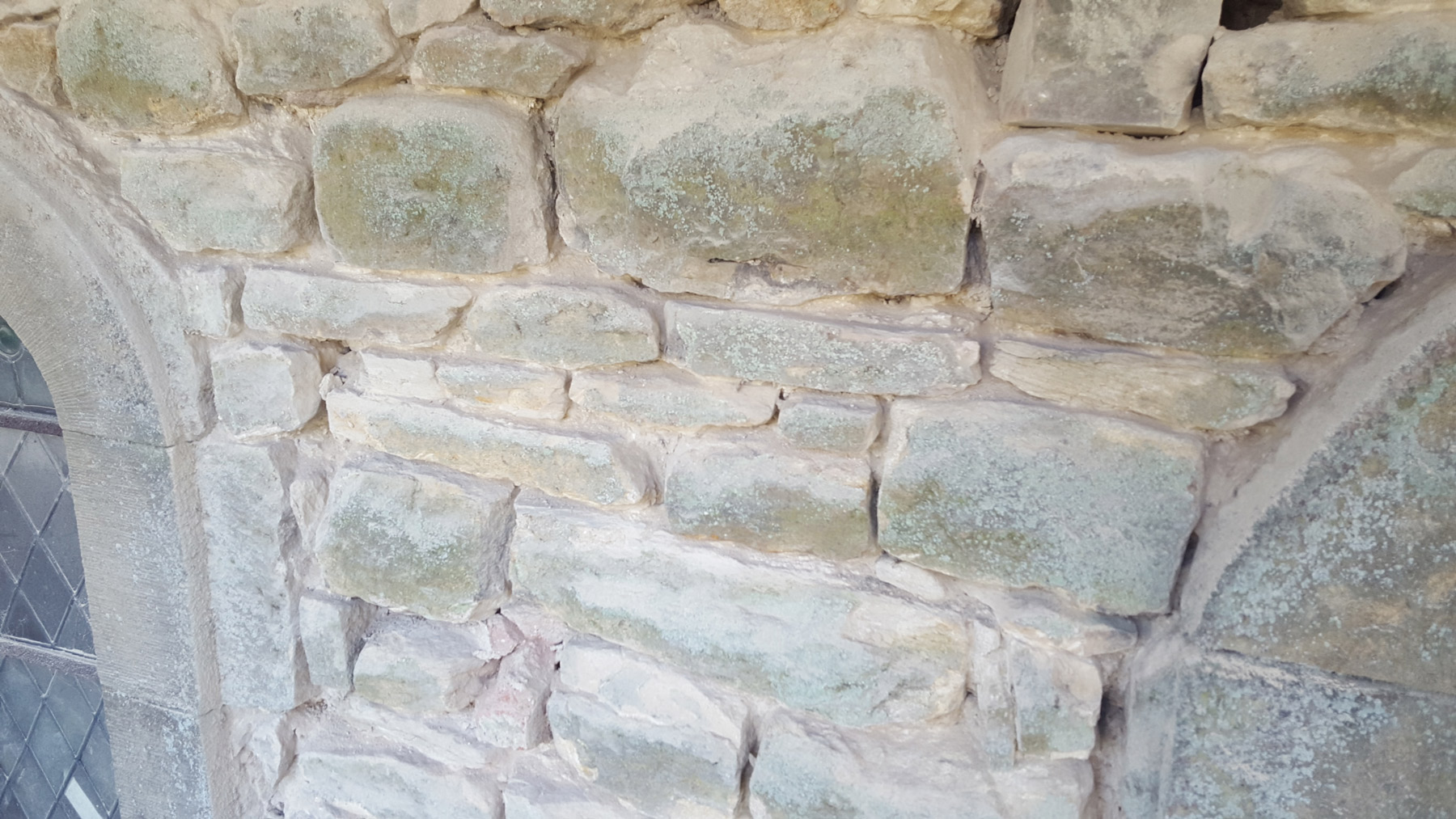In a world where recent development often takes the forefront over conservation, the importance of stone restoration cannot be undervalued. Stone buildings, whether they are heritage sites, viaducts, or walkways, hold stories and skill that characterize our architectural heritage. They are not merely resources; they represent the creativity and work of those who came before our time. By focusing on rock rehabilitation, we not only defend these valuable assets but also add to the sustainability of our environment, diminishing the need for fresh supplies.
As homeowners and communities look to maintain their heritage landscapes, comprehending the aspects of stone restoration becomes essential. From identifying when it is time to revive your stonework to steering clear of common missteps that can damage the structure of the original materials, there is much to explore. This guide will address the essentials from the top techniques for maintaining your stonework to the key part of restoration in commemorating our heritage. Join us as we investigate the craft and knowledge behind stone restoration and uncover how preserving the past can enrich our tomorrow.
The Importance of Stone Restoration
Stone restoration plays a key role in preserving the visual and structural integrity of both buildings. Stone surfaces, whether they are exteriors, paths, or inside spaces, can suffer from wear and tear due to exposure to the elements like weathering, contamination, and daily use. By restoring these surfaces, we not only preserve the aesthetic value of our architectural heritage but also extend the lifespan of these structures. This practice guarantees that the narratives and craftsmanship embedded in natural materials are not lost to time.
Furthermore, the restoration of stone is an integral aspect of sustainable practices in construction and renovation. Choosing to restore rather than replace stone surfaces reduces material waste and minimizes the environmental impact associated with new production. It coincides with the values of conservation and historical respect, allowing those to come to enjoy these landmarks. By investing in the restoration of stone, property owners contribute to a broader movement that emphasizes environmental stewardship.
Lastly, preserving stone surfaces can significantly raise the value of properties. Well-maintained stonework adds both visual appeal and structural reliability, making properties more attractive to interested purchasers. This effort not only safeguards the distinctive features and charm of a property but also shows a dedication to craftsmanship and preservation. In an era where preserving history is increasingly valued, the restoration of stone shines as a critical element in the broader context of restoration initiatives.
Common Errors in Stone Restoration
One of the most often encountered errors made in stone restoration is the use of unsuitable cleaning methods. Many homeowners attempt to clean their stone surfaces with aggressive chemicals or rough tools, which can lead to surface damage. It's essential to understand the type of stone being restored and select cleaning products tailored to that material. Using pH-balanced cleaners and soft cloths or brushes is often a safer approach that can prevent long-term harm.
Another common mistake is neglecting the importance of proper moisture control. Excessive dampness can lead to mold growth and decay of stone structures. It's crucial to evaluate the surrounding environment and ensure that proper drainage and ventilation exist. Using sealers that are appropriate for the type of stone can also help maintain its condition by providing a shield against moisture infiltration.
Lastly, many people neglect the significance of professional help when necessary. While some restoration projects may seem manageable, certain situations require the expertise of trained professionals. Missteps in restoration can result in more substantial damages and higher costs down the line. Engaging with qualified restorers can ensure that the job is done correctly and preserve the stone’s cultural and visual value.
Tips for Maintaining Stone Surfaces
To keep your stone surfaces looking in optimal condition, consistent cleaning is crucial. Employ a soft brush or cloth to clear dust and debris, and steer clear of using harsh chemicals that could negatively impact the stone. Instead, choose a pH-balanced cleaner specially created for stone. Always rinse thoroughly with fresh water to avoid any residue buildup, which can dull the surface over time.
Applying a sealant to your stone surfaces is another critical step in maintenance. A high-quality sealant can provide a protective barrier against stains and moisture, which helps preserve the natural beauty of the stone. Based on the type of stone and its use, you may need to refresh the sealant every few years. Pay attention to any signs of wear or dimness as these can indicate that it is time for a reseal.
In conclusion, be mindful of how you position and use items on your stone surfaces. Use placemats or coasters for hot or heavy objects to avoid chips and scratches. Avoid using stone restoration sydney during cleaning, and be cautious with tart foods or drinks that can mark the stone. By taking these straightforward precautions, you can lengthen the life of your stone surfaces and keep them staying wonderful for many years to come.

